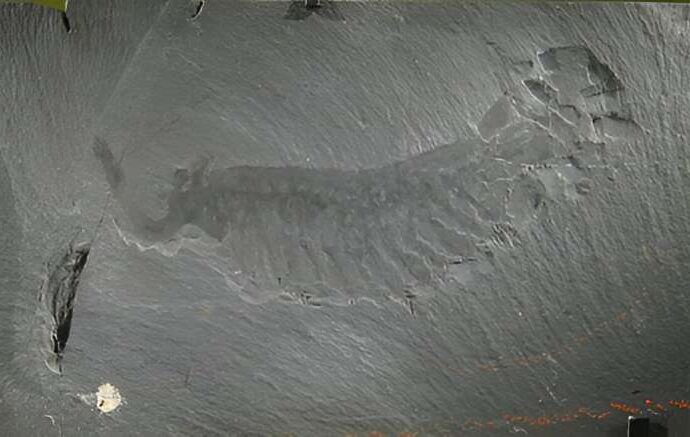In 2010, we published an influential paper in PNAS based on molybdenum isotopes in euxinic shales to suggesting Earth’s oxygen level increased in two steps during the rise of animals and rise of land plants.
Now, 14 years later, geochemists have collected far more geochemical data from the geological rock record and developed better models for understanding the drivers for marine oxygenation. In a new paper published in Nature Geoscience today, Dr. Richard Stockey, Erik Sperling, and others led a study of much larger geochemical data set and basically confirmed what we had found in 2010.
Indeed, the Earth became more oxygenated during the emergence of animals in the Neoproterozoic (1000-541 million years ago) and the final oxygenation occurred around the time when vascular plants colonized land. That is well into the Paleozoic, – more than 150 million years after the Cambrian explosion.
The new study combines data from the Sedimentary Geochemistry and Paleoenvironments Project with data input from the SGP team and revolves around a comprehensive statistical data analysis and elaborate modeling with the cGENIE Earth System Model.

